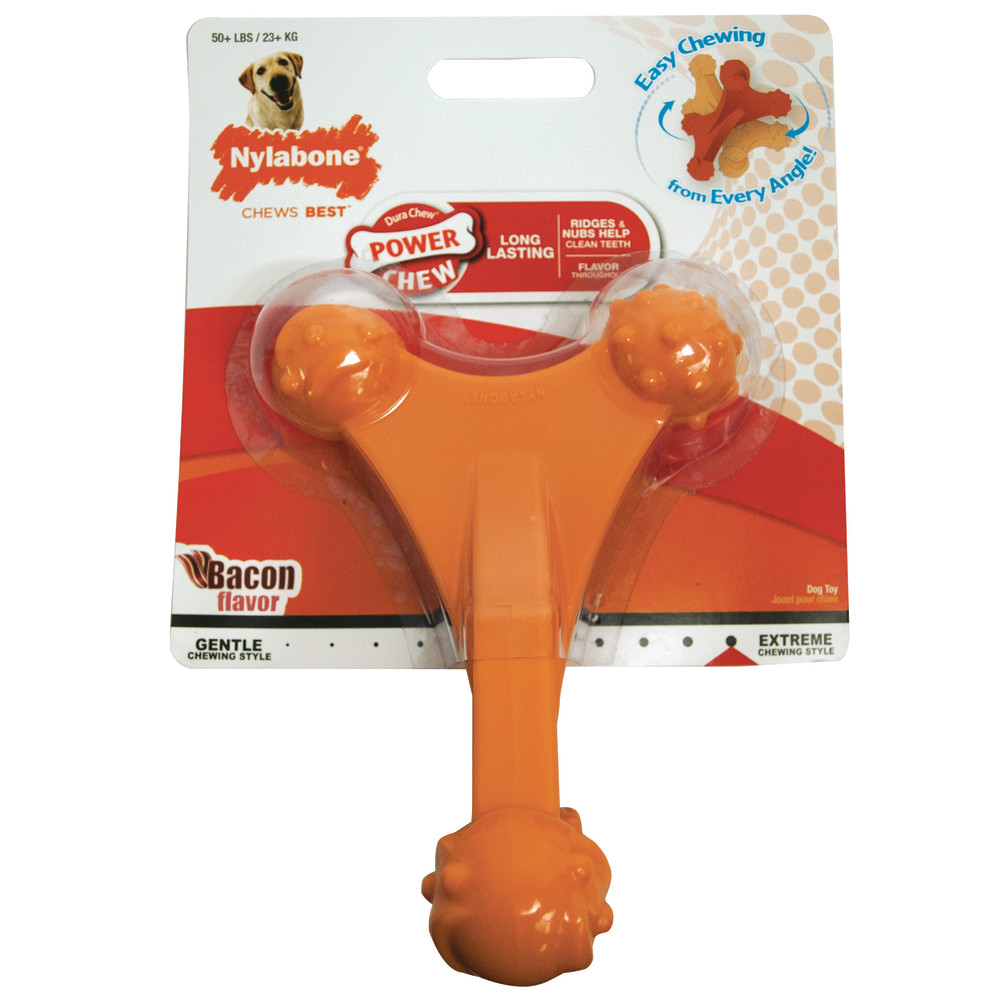Tips for Tagging and Microchipping Your Dog
It can happen to the most careful owner: your dog finds a hole in the fence you didn’t know about, someone leaves the gate open, or your supposedly high-quality leash has a flaw and snaps. Suddenly, your pooch is on the loose! Tagging or microchipping your dog could make a world of difference in getting them back.
Collar Tags
Collar tags are the simplest form of dog ID. You can also get a rabies tag from the veterinarian with your vet’s office number on it and obtain a city license tag. Both are good backups, but savvy pet parents should also equip their pups with an engraved tag. Essential dog tag info includes your dog’s name, your address, and phone number. Then, when someone finds your stray dog, they can call you first and save your dog the stress of a trip to the pound. Engraved tags are inexpensive, and many pet supply stores offer engraving services. Because your dog’s collar might carry three or more tags, a thoughtful option is to enclose them in small pouch-like holders, or dog tag silencers, to prevent a constant clanking in your pup’s ears.
Canister-type tags, which hold a piece of paper with the owner’s contact info and other vital details, are a good option when traveling with your dog. Unlike engraved tags, canisters are easy to update with a temporary address—such as a hotel, campsite, or a friend’s house—and a local number where you can be reached while away.
Tags can rip off, so another good precaution is to have your phone number and dog’s name embroidered onto their collar. Even a waterproof magic marker will do the trick. Make sure your contact info is up-to-date on all forms of doggy ID.
Microchips
A microchip is a permanent ID registered in a national database, which means whoever finds your dog can contact you before it’s too late.
The microchip is implanted under your dog’s skin between the shoulder blades. It is tiny—no bigger than a grain of rice—and is embedded in surgical glass to prevent infection. When a lost dog reaches the shelter, a worker runs a scanner over them and the tracking number appears. When that number is entered into a computer, your contact information comes up.
Once your dog is microchipped, you pay a small one-time fee to a registry that keeps and updates your contact information for the life of the dog. Your veterinarian will give you the forms and registration information when implanting the chip. Most shelters and rescue groups implant a microchip when you adopt a dog.
Many brands of microchips are available. In recent years, universal ISO-compliant (International Organization for Standardization) scanners have been developed that read all brands and frequencies.
Chips sometimes migrate down a dog’s shoulder or leg, so have your dog scanned by the vet during their annual checkup to ensure that the chip is still in place.
Tagging or microchipping your dog is one if the simplest and most effective ways to keep them safe. Nobody can predict when or how a dog might get loose, but providing proper ID can help them return safe and sound.
FOLLOW US!






